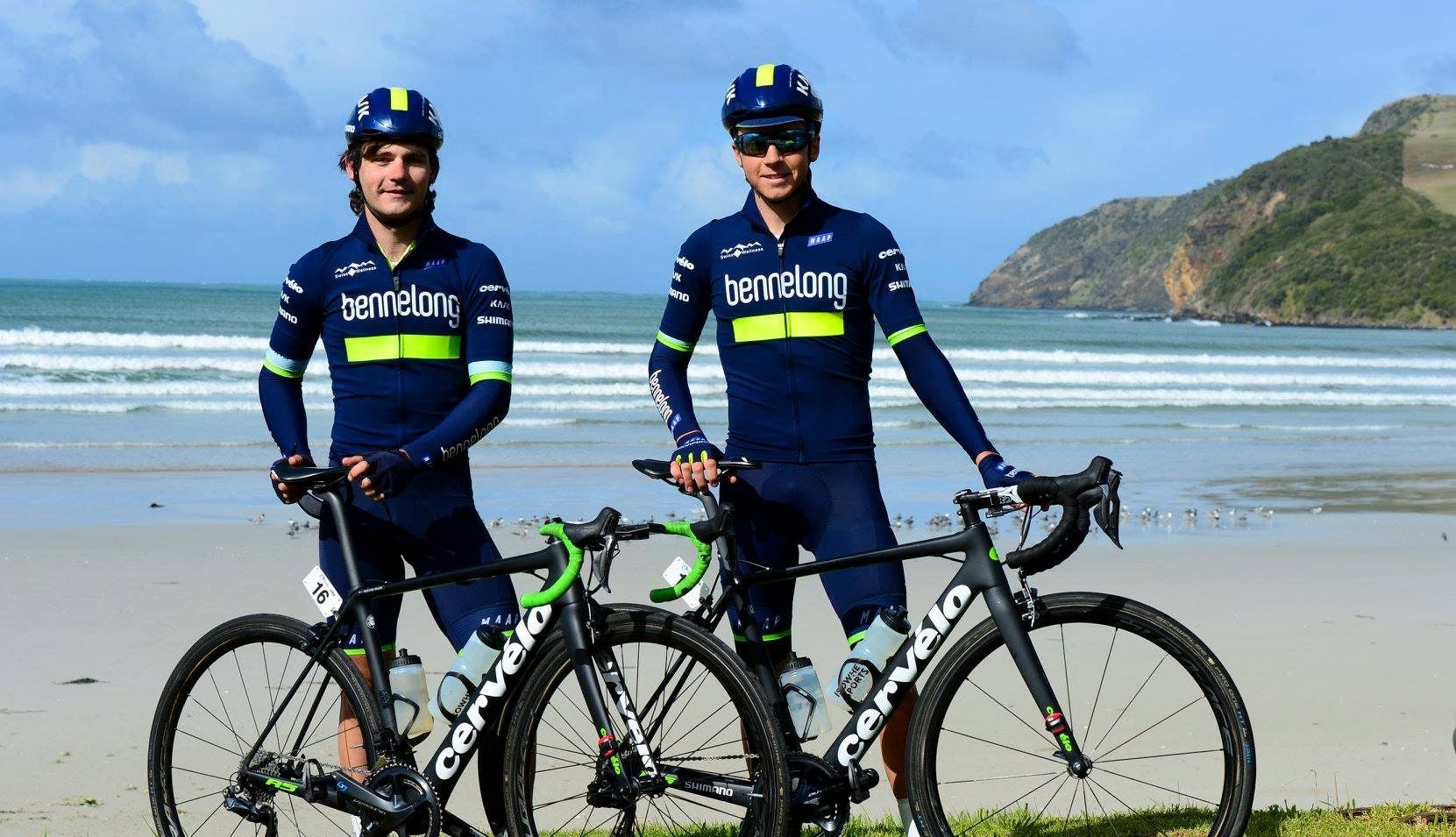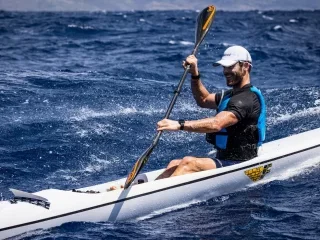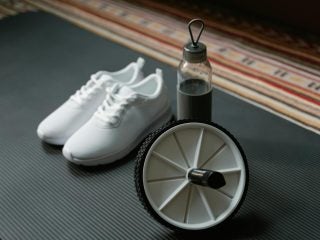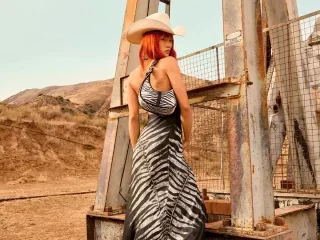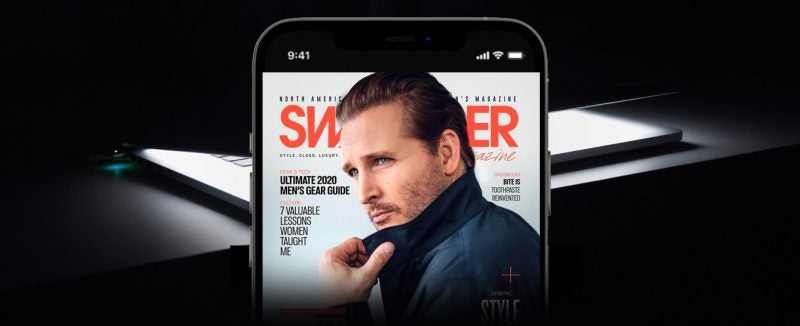Cycling is a sport that demands endurance, strength, and agility.
Whether you’re a casual rider, a commuter, or a competitive cyclist, wearing the right clothing can significantly impact your comfort and performance.
The right gear will not only help regulate body temperature but also reduce wind resistance, wick away moisture, and prevent chafing. In this guide, we’ll walk you through how to choose the best cycling clothing and apparel for an optimal riding experience.
Consider the Weather Conditions
Weather plays a crucial role in determining the type of cycling clothing you should wear.
- Warm weather: Opt for lightweight, moisture-wicking materials such as polyester or merino wool to keep cool and dry. A short-sleeved jersey and bib shorts with a breathable chamois pad are ideal.
- Cold weather: Layering is essential. A thermal cycling jersey, windproof jacket, and full-length bib tights will help retain body heat. Don’t forget thermal gloves, a neck gaiter, and overshoes for extra warmth.
- Rainy weather: A waterproof and breathable jacket, such as one made from Gore-Tex, will keep you dry while allowing sweat to escape. Waterproof shoe covers and gloves are also useful in wet conditions.
Choose the Right Cycling Jersey
A cycling jersey is more than just a stylish top—it is designed to enhance performance by wicking moisture and regulating temperature.
- Fit: A snug fit reduces drag and improves aerodynamics. However, recreational cyclists may prefer a slightly looser fit for comfort.
- Material: Look for jerseys with moisture-wicking properties and UV protection if you ride in sunny conditions.
- Pockets: Many jerseys have rear pockets for storing essentials like energy bars, a phone, or a multi-tool.
- Zipper: A full or half-length zipper allows for better ventilation on long rides.
Selecting the Best Cycling Shorts or Bib Shorts
Cycling shorts play a vital role in comfort, especially on long rides. They help reduce friction, wick moisture, and provide cushioning.
- Bib shorts vs. regular shorts: Bib shorts are preferred by most cyclists because they eliminate waistband pressure, provide better support, and stay in place more effectively.
- Chamois pad: A high-quality chamois pad (padding) is crucial for comfort. It should be dense enough to provide cushioning but not too thick to cause discomfort.
- Material: Look for stretchable, moisture-wicking fabrics like Lycra or spandex for flexibility and breathability.
Invest in a Good Pair of Cycling Gloves
Cycling gloves protect your hands, improve grip, and reduce vibrations from the road.
- Fingerless gloves are great for summer riding, offering comfort while keeping your hands cool.
- Full-finger gloves provide warmth and extra protection, making them ideal for colder conditions or mountain biking.
- Padding: Gel or foam padding reduces hand fatigue and absorbs shocks from rough terrain.
Cycling Socks and Shoes Matter
Your feet play a crucial role in pedaling, so investing in proper cycling socks and shoes is essential.
- Socks: Opt for moisture-wicking, breathable socks to keep your feet dry. Avoid cotton, as it retains sweat and can cause blisters.
- Shoes: Choose cycling shoes based on your riding style. Road cycling shoes typically have stiff soles for maximum power transfer, while mountain biking shoes provide better grip and flexibility.
- Cleats: If using clipless pedals, ensure your shoes are compatible with your pedal system (e.g., SPD, Look, or Speedplay).
Don’t Forget a Quality Helmet
A helmet is a non-negotiable piece of cycling gear that protects against head injuries.
- Fit: It should fit snugly without being too tight. Adjustable straps and a dial-fit system enhance comfort.
- Ventilation: Well-ventilated helmets keep your head cool during long rides.
- Safety certification: Ensure your helmet meets safety standards such as CPSC, MIPS, or EN1078.
Additional Accessories for Enhanced Performance
- Arm and leg warmers: These are great for variable weather conditions and can be removed if it gets too warm.
- Cycling cap: Helps wick sweat and provides sun protection.
- Sunglasses: Protect your eyes from UV rays, wind, and debris. Look for anti-fog, impact-resistant lenses.
- Base layers: A good base layer helps regulate body temperature and wick moisture away from your skin.
Final Thoughts
Choosing the best cycling clothing involves considering the weather, fit, materials, and additional accessories to enhance comfort and performance. Investing in high-quality gear tailored to your riding style ensures that you stay comfortable on long rides while optimizing efficiency. Whether you’re a beginner or a seasoned cyclist, the right clothing can make all the difference in your cycling experience. Ride smart, stay comfortable, and enjoy the journey!




